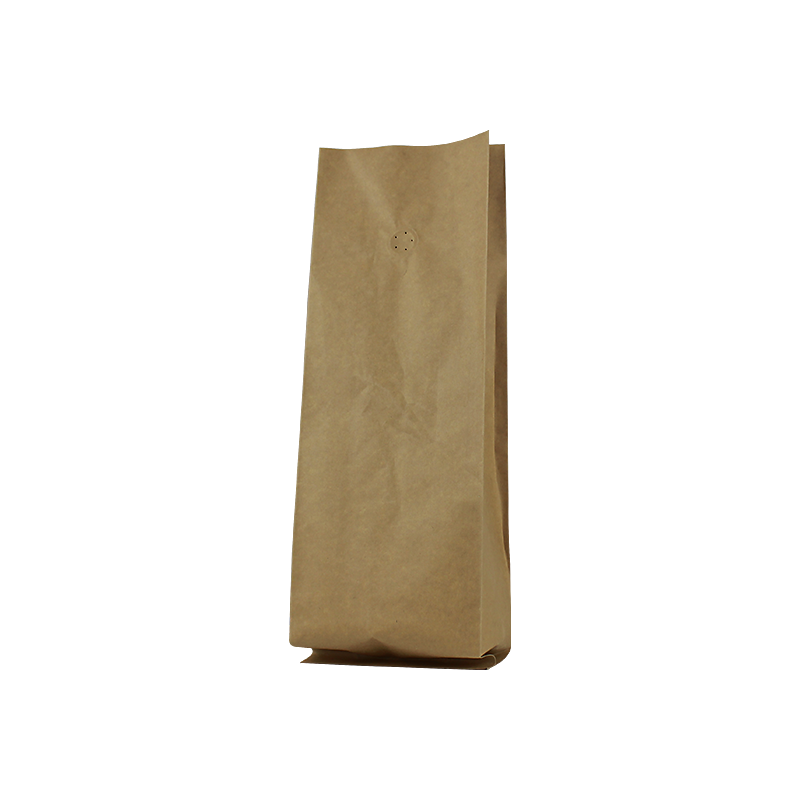- Afrikaans
- Albanian
- Amharic
- Arabic
- Armenian
- Azerbaijani
- Basque
- Belarusian
- Bengali
- Bosnian
- Bulgarian
- Catalan
- Cebuano
- chinese_simplified
- chinese_traditional
- Corsican
- Croatian
- Czech
- Danish
- Dutch
- English
- Esperanto
- Estonian
- Finnish
- French
- Frisian
- Galician
- Georgian
- German
- Greek
- Gujarati
- haitian_creole
- hausa
- hawaiian
- Hebrew
- Hindi
- Miao
- Hungarian
- Icelandic
- igbo
- Indonesian
- irish
- Italian
- Japanese
- Javanese
- Kannada
- kazakh
- Khmer
- Rwandese
- Korean
- Kurdish
- Kyrgyz
- Lao
- Latin
- Latvian
- Lithuanian
- Luxembourgish
- Macedonian
- Malgashi
- Malay
- Malayalam
- Maltese
- Maori
- Marathi
- Mongolian
- Myanmar
- Nepali
- Norwegian
- Norwegian
- Occitan
- Pashto
- Persian
- Polish
- Portuguese
- Punjabi
- Romanian
- Russian
- Samoan
- scottish-gaelic
- Serbian
- Sesotho
- Shona
- Sindhi
- Sinhala
- Slovak
- Slovenian
- Somali
- Spanish
- Sundanese
- Swahili
- Swedish
- Tagalog
- Tajik
- Tamil
- Tatar
- Telugu
- Thai
- Turkish
- Turkmen
- Ukrainian
- Urdu
- Uighur
- Uzbek
- Vietnamese
- Welsh
- Bantu
- Yiddish
- Yoruba
- Zulu
what is die cut
What is Die Cut? An Overview of the Cutting Technique
Die cutting is a manufacturing process that involves shaping materials using a die, which is a specialized tool designed for cutting specific shapes or designs. The technique is widely used in various industries, including packaging, printing, and crafting, to produce precise and consistent shapes with minimal waste.
At its core, die cutting involves placing a material, such as paper, cardboard, plastic, or metal, between a die and a cutting surface. The die is typically made of durable steel and is custom-designed to achieve the desired shape. When pressure is applied—often using a machine or press—the die slices through the material, creating a cleanly cut shape.
Types of Die Cutting
There are several types of die cutting processes, each suited for different applications
1. Flatbed Die Cutting This traditional method involves a flat die and a flat cutting surface. The material is placed on the bed, and the die is pressed down, cutting through the material. Flatbed die cutting is ideal for larger, thicker materials and is commonly used for packaging and industrial applications.
2. Rotary Die Cutting In this method, a cylindrical die continuously rotates as the material is fed through. Rotary die cutting is known for its speed and efficiency, making it suitable for high-volume production. It is often used for labels, stickers, and other thin materials.
3. Laser Die Cutting Utilizing laser technology, this method allows for extreme precision and the ability to cut intricate designs. Laser die cutting is highly versatile and can handle various materials, including delicate fabrics and complex shapes that traditional die cutting may struggle to achieve.
4. Digital Die Cutting This modern approach eliminates the need for physical dies. Instead, a digital cutter uses software to program the cutting paths, allowing for quick changes and designs. Digital die cutting is popular in the crafting community as it enables enthusiasts to create custom shapes and designs at home.
what is die cut

Applications of Die Cutting
The versatility of die cutting means that it is used across a multitude of industries. In packaging, die cutting produces custom boxes, labels, and inserts that fit products perfectly, enhancing both protection and presentation. The printing industry relies on die cutting for creating business cards, brochures, and other print materials with unique shapes that can stand out.
In crafting, die cutting machines allow hobbyists to create intricate designs for scrapbooking, card making, and various DIY projects. The ability to cut complex shapes quickly and accurately has revolutionized how crafters approach their projects.
Benefits of Die Cutting
One of the primary advantages of die cutting is its precision. Die cuts produce consistent shapes that meet exact specifications, reducing wasted materials and minimizing errors in production. Additionally, die cutting is efficient, particularly in high-volume applications where speed is crucial.
Moreover, die cutting can create intricate designs that would be difficult or time-consuming to achieve by hand. This capability enables businesses and crafters to elevate their products, making them more appealing to consumers.
Conclusion
In summary, die cutting is a vital technique that spans various industries, offering precision, efficiency, and creative possibilities. Whether for packaging, printing, or crafting, die cutting continues to evolve, incorporating new technologies and methods to meet the diverse needs of modern production and design. As the technique advances, its applications are likely to expand even further, solidifying die cutting as an essential tool in manufacturing and creative endeavors alike.













